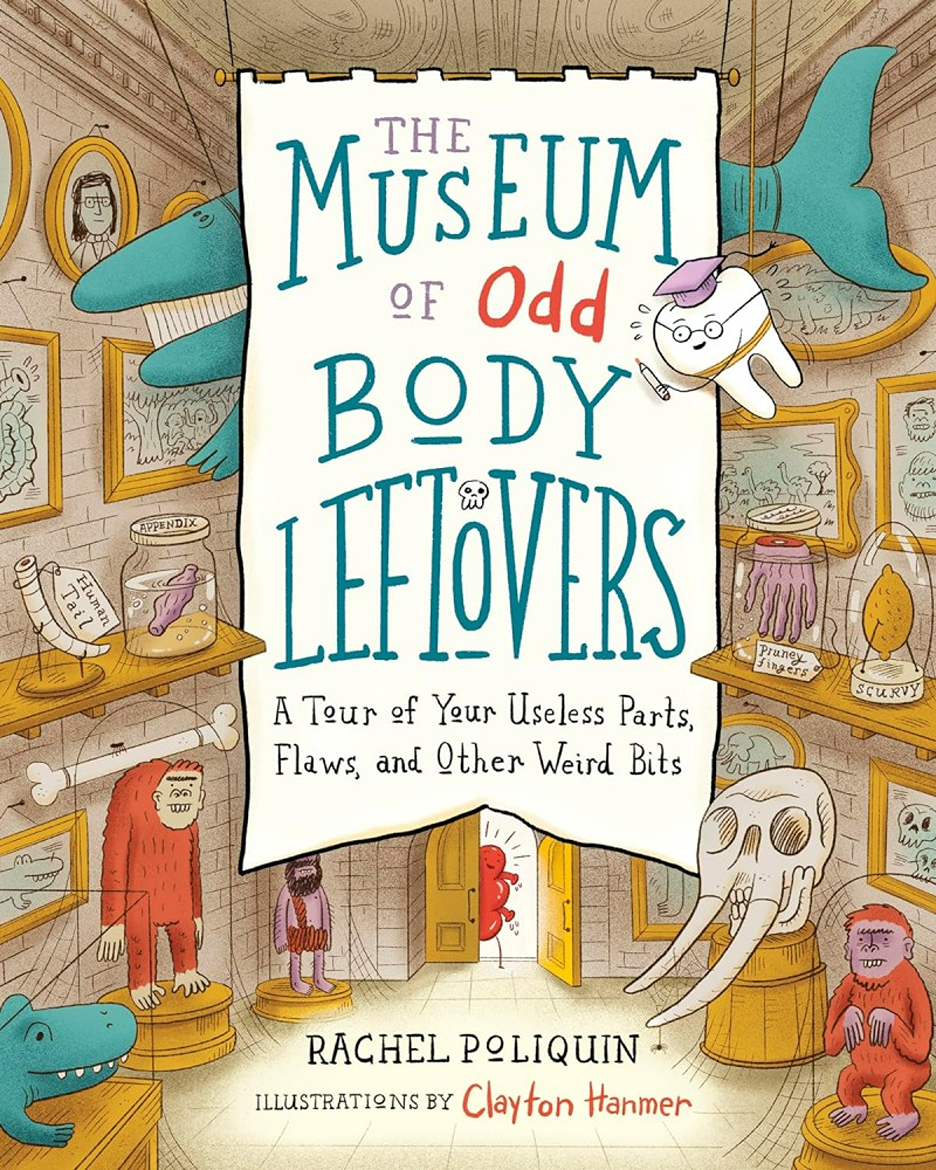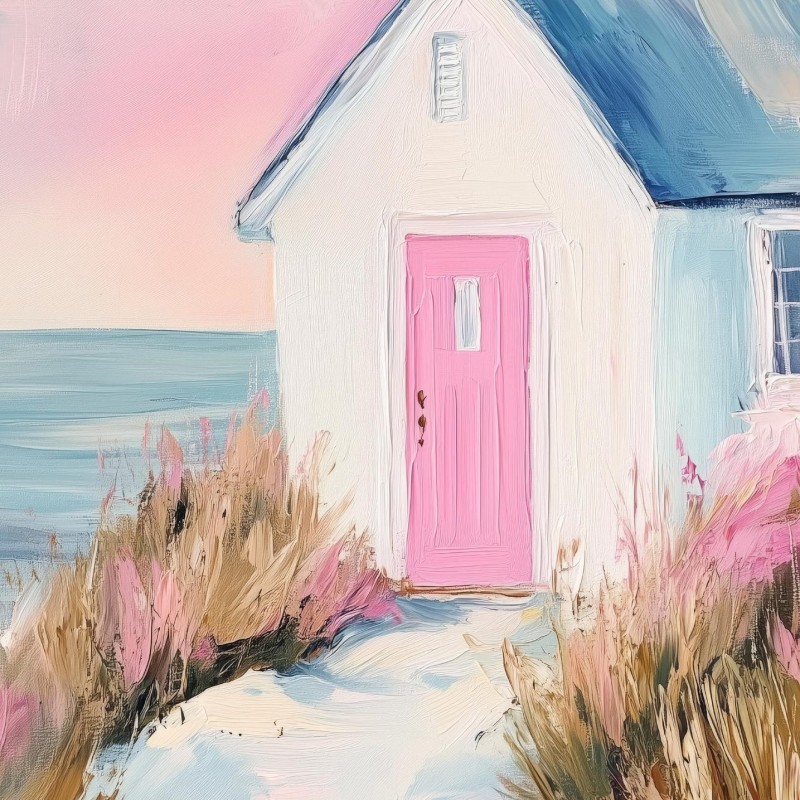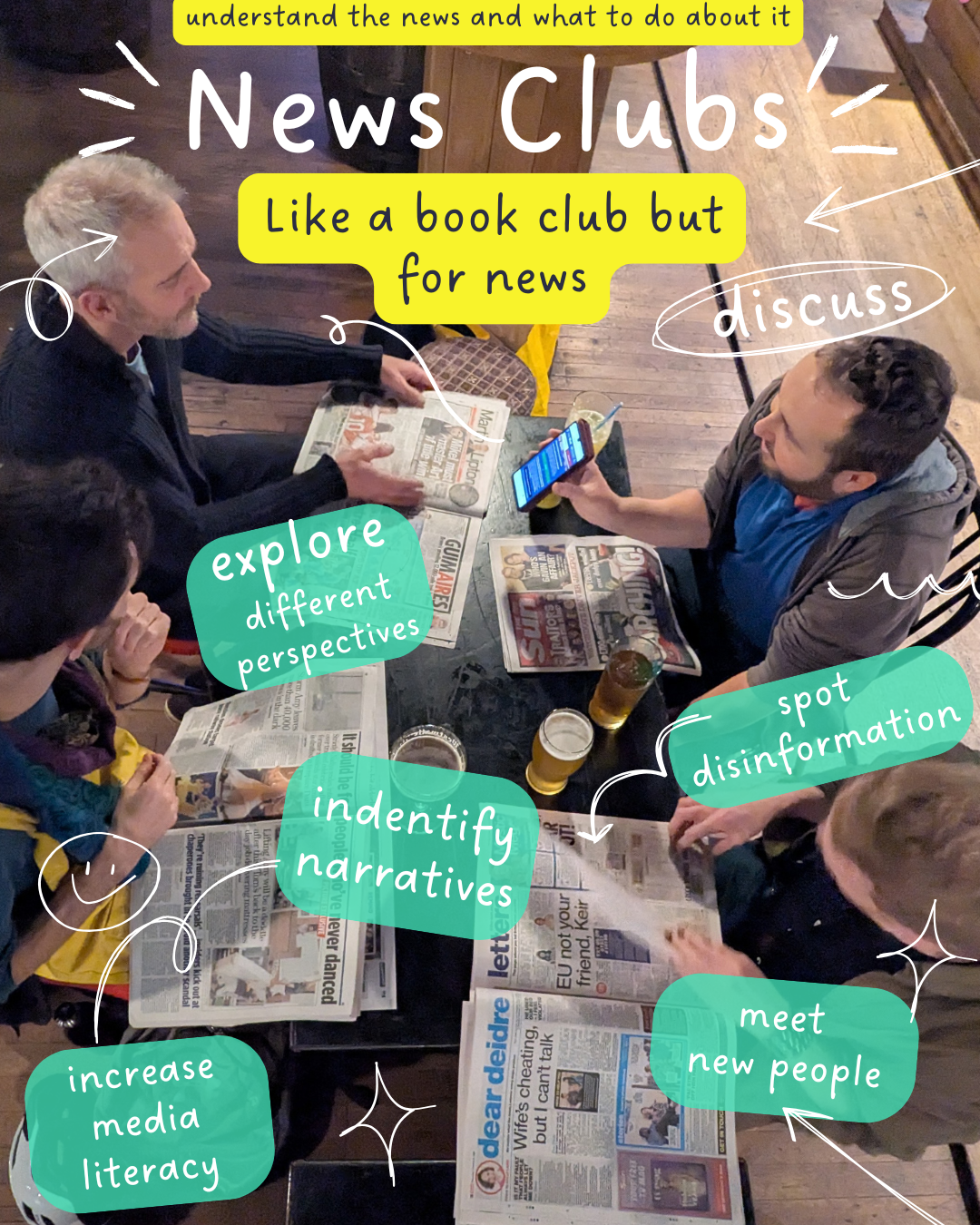Innovative Housing Ideas for Homeless People

The main cause by far of homelessness in England is lack of affordable housing (including sky-high rents, due to higher mortgage payments for property owners – a sad legacy of the short time in power of Liz Truss).
Also read our post on innovative affordable rental ideas.
Read our post on helping rough sleepers that live with dogs.
Something has obviously gone seriously wrong, especially compared to countries like Finland (which has reached almost zero homelessness thanks to non-profit landlord Y-Säätiö.

This works with councils to build on-demand furnished M2-Kodit homes (above and below) that are energy-efficient, with access to green space, public transport and laundries).

Unfortunately, the new Labour government has now taken this to knee-jerk reaction, and plans to destroy much of our countryside and wildlife, by relaxing planning laws, in order to build affordable homes.
We can easily build affordable houses on brownfield land, and there are way more innovative (and cheaper) ideas that give affordable homes, along with protecting nature.
City Pods in Seattle, USA
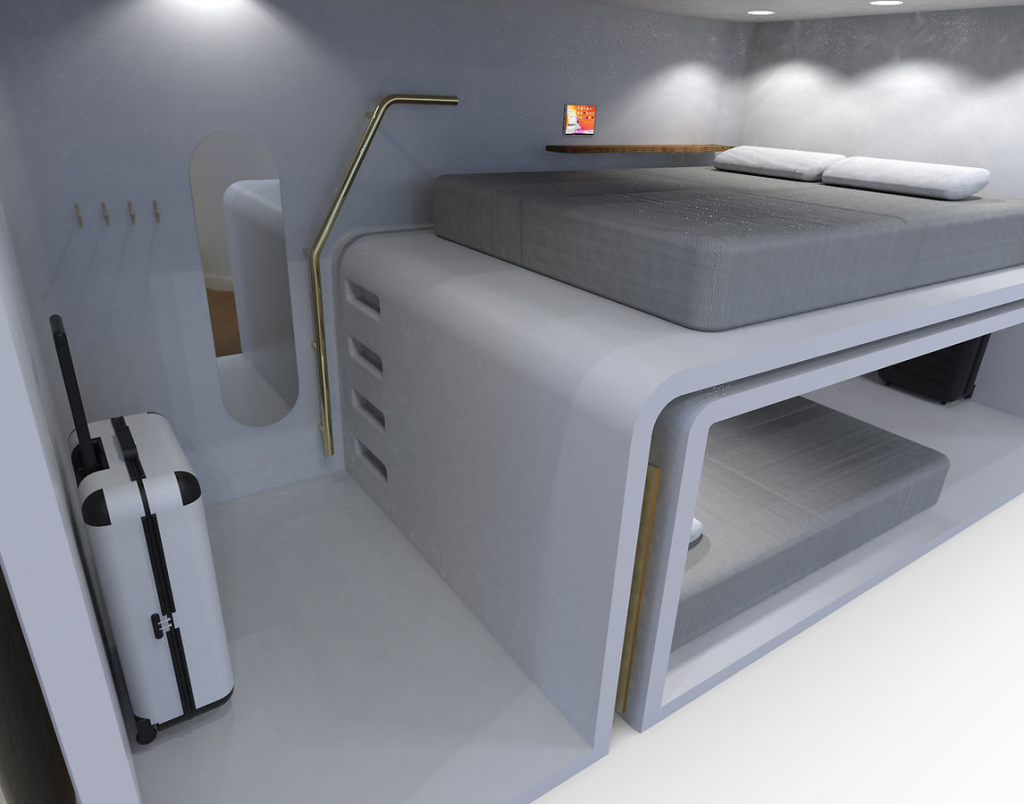
Seattle’s City Pods (above) are assembled in a few hours to convert vacant offices & warehouses into fully-furnished fire-compliant housing (designed to last 10 years).
In the UK, SoloHaus homeless pods are light and airy modular homes that are quick to build and easy to transport, and can be adjusted in size or added together, to accommodate homeless families.
They are delivered fully-furnished with fitted kitchens, low-energy white goods and cabling for broadband and TV.
Affordable Flat-Pack Homes from Italy

Another good ‘flat pack’ house company is Italy’s MADI (these can be built in 3 months, and are even earthquake-proof, so good to house homeless people abroad after natural disasters).
Transforming Old Buses into Cheap Homes
Many organisations are now using decommissioned buses to help homeless people. Buses 4 Homeless converts London double-deckers into areas for sleep, cooking, training and holistic support.
Blackpool also has its own Big Red Night bus that offers a warm safe place to at night with laundry & shower facilities.
Although Australia’s Sleepbus appears to no longer be in operation, it was a fantastic idea. It offered climate-controlled pet-friendly sleep pods with lockable doors and toilets (including a Pink Sleepbus to help families escape domestic violence).
The organisation has also recently launched Homepody, an affordable emergency accommodation solution that’s safe and cost-effective, with self-contained modular units with a capped accommodation fee and free electricity, WIFI and laundry facilities.
Update: this organisation is urgently raising funds, due to rising costs, to keep the service running. Hopefully it will continue, but remains a great idea to emulate.
How to Help Homeless People in England
There are presently around 250,000 homeless people in England (this includes rough sleepers, sofa-surfers and people living in temporary bed-and-breakfast accommodation).
Homeless people can claim benefits (usually Universal Credit), giving the address of a family member or friend, or a local hostel or job centre. Having this income helps pay for food (and pet food), interview clothes, and accommodation deposits.
People without a bank account can use the government’s Payment Exception Service to collect benefits from a local post office or PayPoint outlet.
If you see someone sleeping rough, send a report to StreetLink, whose local outreach teams visit rough sleepers at night, to alert them of support to find benefits and accommodation (if the person is under 18, call 999).
Alternatives to Hostile Architecture
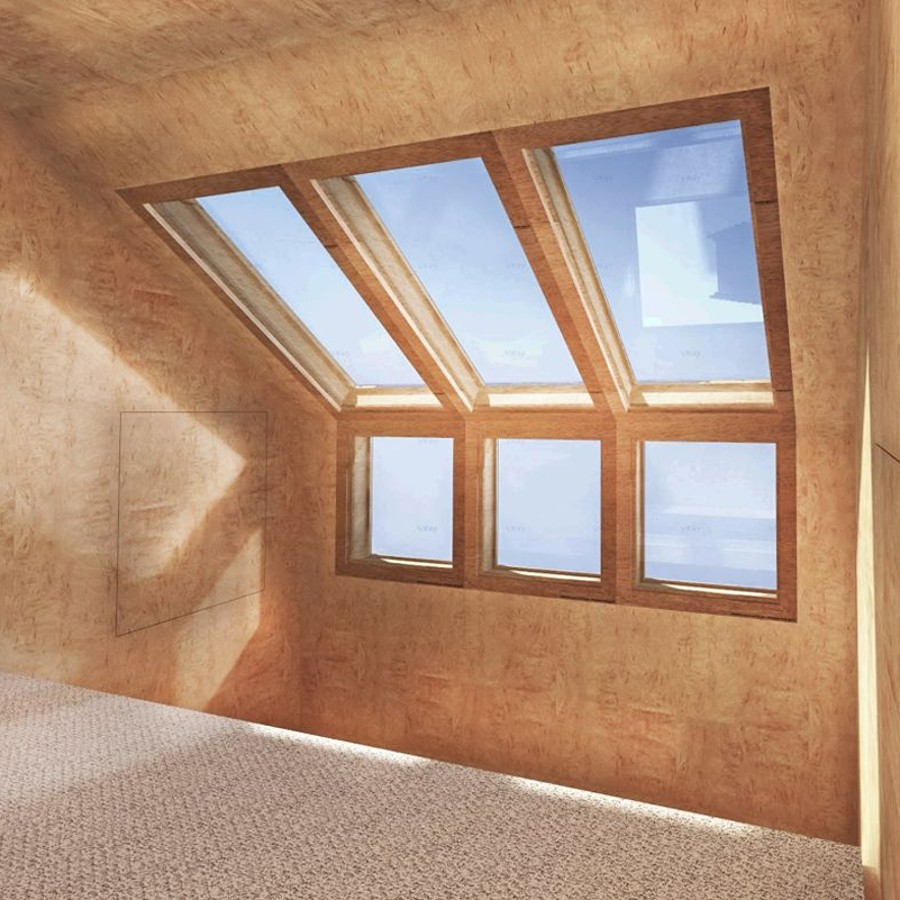
Hostile architecture is a horrible idea, that is fast filling modern towns and cities. Designed to stop homeless people from sleeping in parks or on benches, or in bus stops.
Common examples are now found in bus stops (‘armrests’ in the middle to stop someone lying down) or narrow seats that ‘tip up’ if anyone tries to sit on them (which stops older and disable people resting, while waiting for public transport).
Architect James Furzer was so appalled at councils fitting metal bars and spikes to benches so homeless people can’t sleep on them, that he created ‘homeless pods‘ (modular shelters that affix to existing buildings and are warm, clean and safe).
James says homeless people are often victims of theft and violent crime, and 10% have even been urinated on. Made from scrap materials, these pods can even be made to match the colour of host buildings, with stowaway ladders when not in use.
Obviously it’s good to create communities where homeless people are looked after and have safe places to sleep. But to simply ignore the issue, and then ‘add spikes’ to stop someone getting some rest, is one of the worst ideas in town planning ever.
It sends a strong message that homeless people don’t matter, and they need to ‘move on’ -but to where?
Communities Don’t Like Hostile Architecture
Recently, 3000 people signed a petition protesting against Selfridges installing spikes outside its premises. The store said the measure was taken to stop staff smoking, but others believed it was to stop homeless people bedding down for the night in doorways.
A Tesco branch also had to remove deterrents, after complaints from local residents.
And a block of London luxury flats had to remove hostile architecture, after a petition reached over 100,000 signatures. All were angry that councils believe homeless people are not welcome and ‘a problem to move on’, rather than actually doing something practical to help.
In the city of São Paulo (Brazil), the council filled underpasses with large rocks. A local priest was dismayed, and dismantled them all, in a brave act of defiance.

